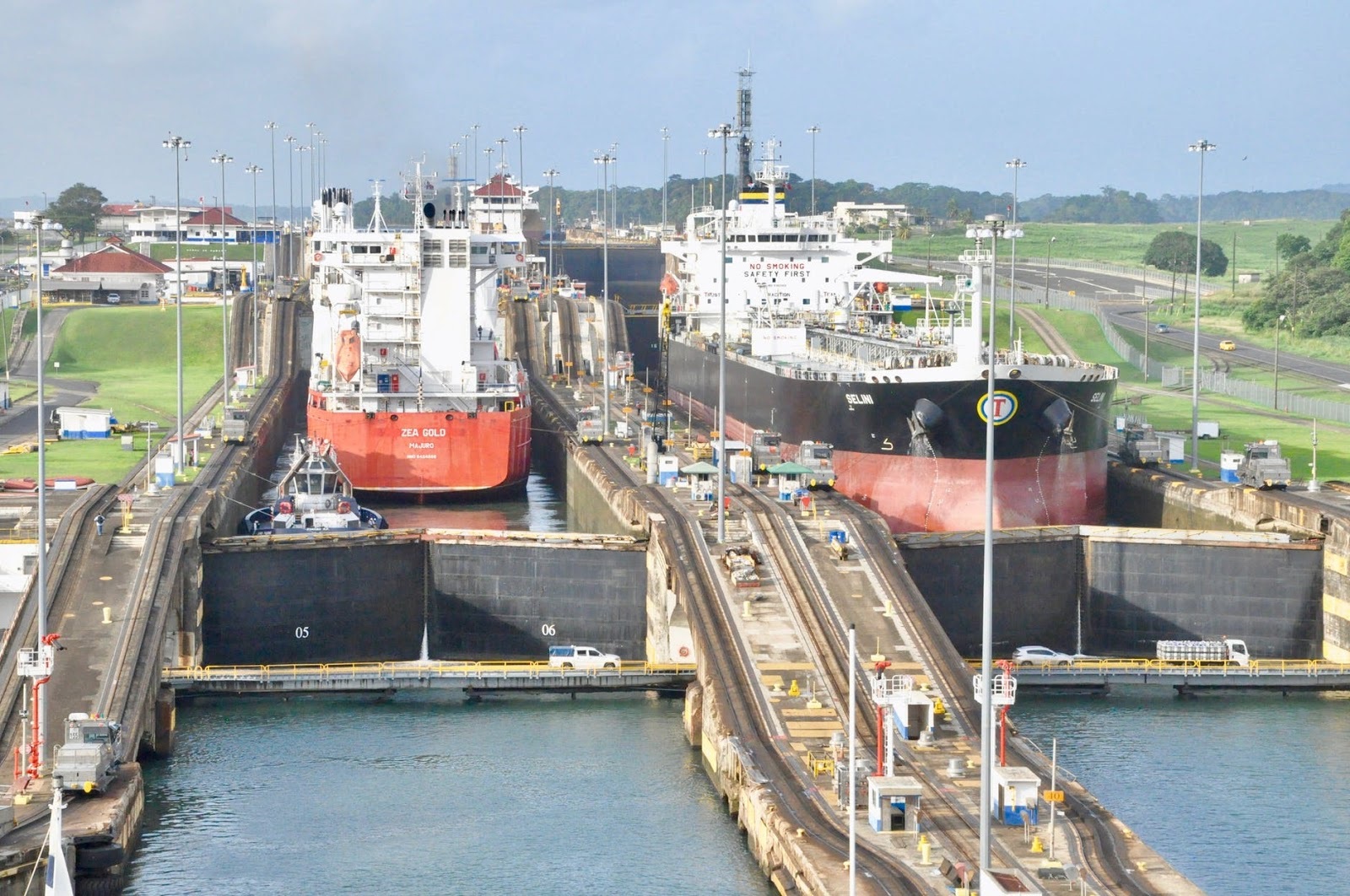Part 4 of “The Panama Canal is Doing Much Better”

Part 4 of “The Panama Canal is Doing Much Better” Why didn’t the Panama Canal lose money when ship crossings fell? A water shortage forced officials to reduce traffic, but higher fees increased revenue.
Let’s move away from the wet canal and talk about the new dry canal, and we are not talking about the lack of water in the Panama Canal. Reducing the processing time by up to 25% will help speed up the transshipment of merchandise through the dry channel. Rodolfo Samuda, technical secretary of the Logistics Cabinet, said that with the formalization of the dry channel, the cargo transportation area will be extended to other areas such as the Southern Corridor to streamline the operation between the airport and the ports. With the challenge of the water crisis that the Panama Canal has faced since mid-2023 and which has generated a progressive reduction in the daily transit of vessels, the transshipment of merchandise via land that was already operating in the country as it is a logistics hub, is taking on more value, by becoming an alternative for shipping companies to continue taking into account the operation in Panama. Shipping companies can unload containers at ports on either the Pacific or Atlantic side and transfer the cargo to other port terminals in the country by land with trucks or by rail and from there continue to other destinations in the region again by boat.

However, this operation encountered several obstacles such as excessive paperwork, the lack of digitalization of processes and even the restriction on the hours of offices and public entities that operate in ports, many until 4:00 pm, when There is a need for them to operate on rotating schedules so that there are 24-hour facilities, described Antonio García-Prieto, vice president of the Logistics Business Council, during a discussion on the formation of the Dry Canal. Another problem is that the capacity of the port infrastructure is insufficient and modernization of the equipment is required, García-Prieto added. For the businessman, the officialization of a dry canal, last week in the Cabinet Council and subsequently the publication in the Official Gazette of the decrees to legalize this system and create new primary and secondary customs zones, is a step in the right direction, but follow-up must be done so that all the required measures are carried out. The Minister Counselor of Private Investment Facilitation, José Alejandro Rojas, after giving a historical dissertation on Panama’s vocation since the time of the Spanish crown, as a dry channel between the Atlantic and the Pacific, said that the measure to regulate and to make this operation official is to apply measures to reduce by between 20% and up to 25% the delays recorded in merchandise transshipment operations and the entire process that entails. “We will seek to simplify processes, digitize procedures and standardize the entire merchandise transshipment operation,” said Rojas. He specified that regarding the schedule restriction, an analysis is being developed to extend operations both in public entities and in private companies related to the operation of land cargo.

“The decrees that were approved will allow the regulatory framework to simplify the treatment of merchandise and expand the primary zone to interconnect public and private assets, economic zones, ports, airports, highways, among others,” he added. Specifically, Cabinet Decree Number 13 of March 13, 2024 creates the Multimodal Dry Channel for Transshipment of Goods of the Republic of Panama, called Omar Torrijos Herrera, and establishes in turn the formation and expansion of the primary and secondary zones within customs jurisdiction to streamline land and rail cargo transportation processes between ports and airports. Rojas assured that more cargo capacity will be able to move along the roads and highways. “By reducing times between 20% and 25%, more cargo can be moved, and we are creating the conditions for shipping companies to bring more containers to the country and to generate greater dynamism in transshipment by road and rail,” said Rojas. Rodolfo Samuda, technical secretary of the logistics cabinet, explained that among the new areas that will be expanded is the Southern Corridor to more quickly connect the transfer of cargo from the ports to the Tocumen International Airport and take advantage of cargo operations on specialized aircraft and passengers in the bellies of these aircraft. “It will give agility to the logistics platform and in turn decongest the capacity of some services that are not provided due to the difficulties of the Canal,” Samuda added. He explained that part of these new areas that are expanded for transshipment operations and primary customs zones are the entire area of the PSA port, Panama Pacifico, in addition to the Southern Corridor, Colón, and the entire Alberto Motta highway.
Part 5 of “The Panama Canal is Doing Much Better” will complete tomorrow. Stay tuned for the final episode in this 5 part series.





